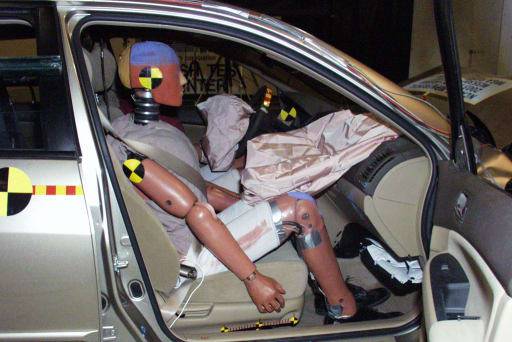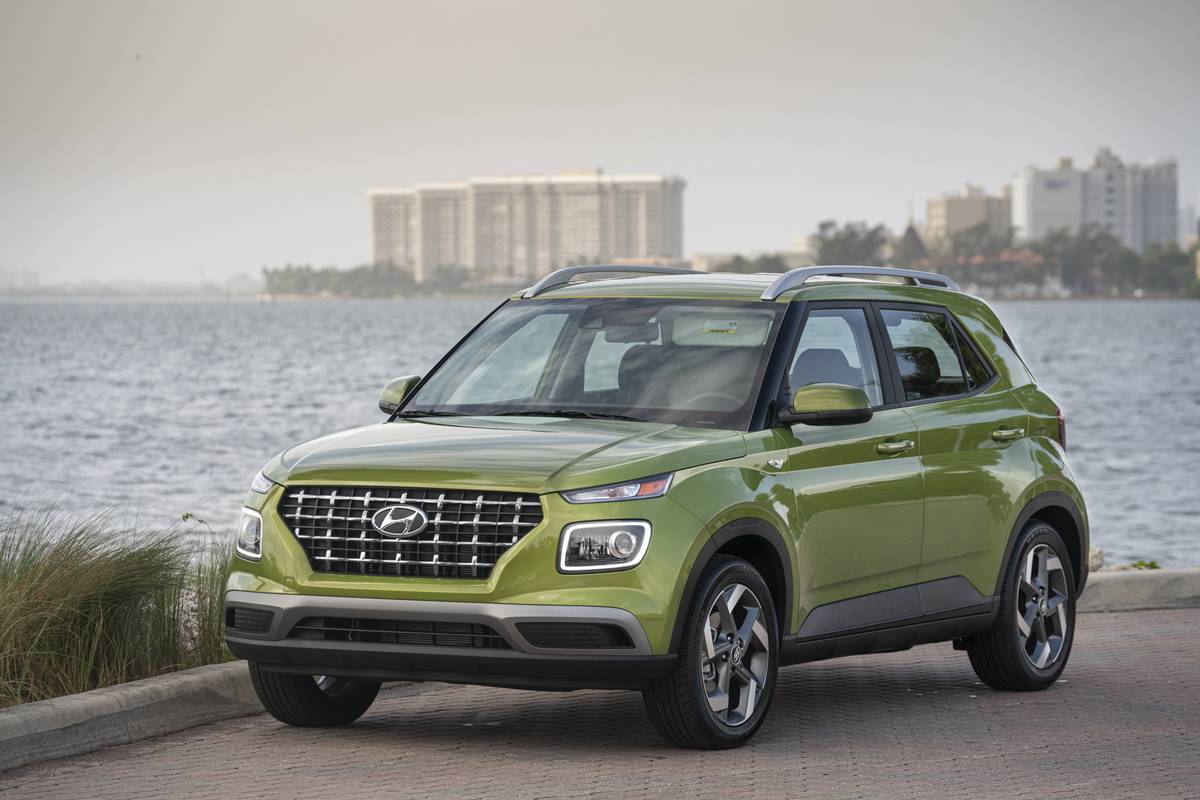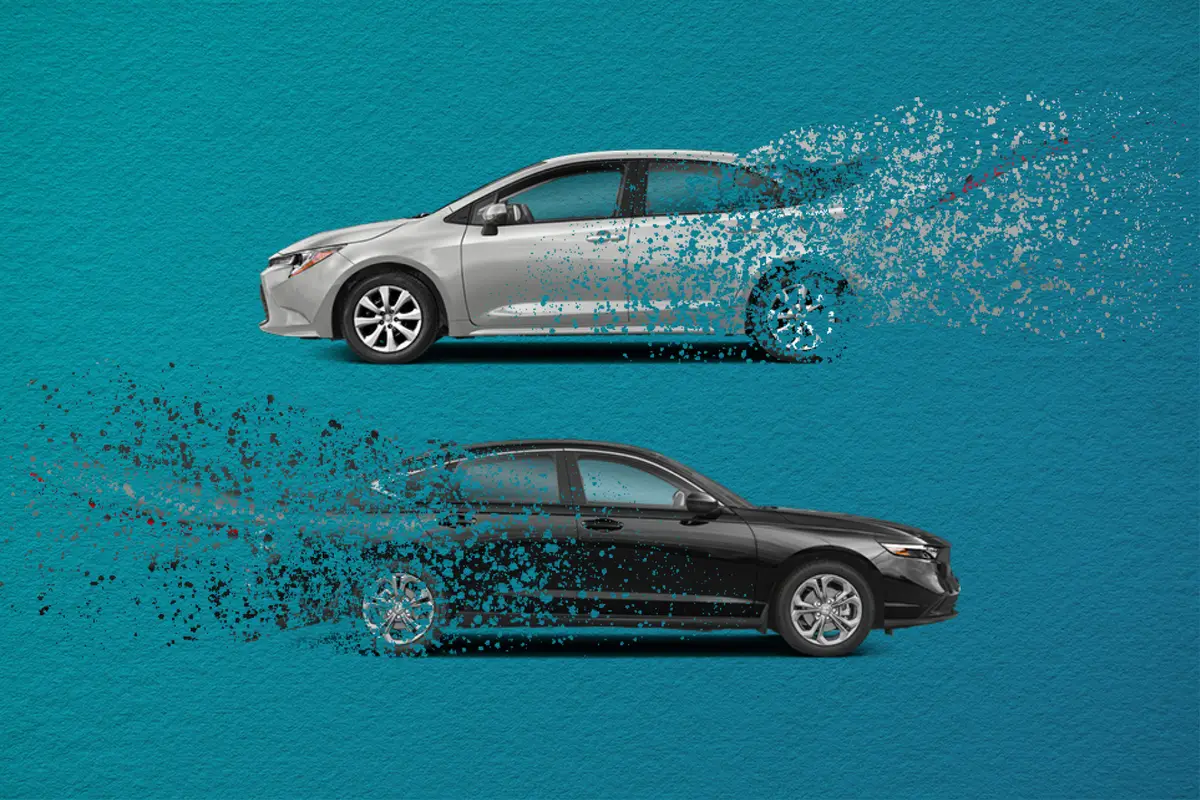NHTSA Aims to Speed Up Takata Airbag Repairs


CARS.COM — The National Highway Traffic Safety Administration today added new deadlines and priorities to its Takata airbag inflator recall order in an effort to speed up parts availability and put the riskiest cars at the head of the line for repairs.
Related: Which New Cars Still Have Takata Airbag Inflators?
Lack of replacement parts for the millions of vehicles under the Takata recall has been a continuing problem and lack of Takata parts was cited recently by dealer group AutoNation as the reason for dropping its policy of not selling used vehicles with an open recall.
What is now the largest automotive recall in history currently covers 46 million front airbag inflators in 29 million vehicles in the U.S. and is being done in phases based on the vehicle’s age and where it has been used. NHTSA’s initial Takata order was massively expanded in May and now covers more than a dozen automakers and will affect 64 to 69 million inflators in 42 million vehicles by 2020. That total includes vehicles that got an initial recall repair with a similar Takata inflator and must be recalled again.
Today’s action creates two sets of deadlines. One creates deadlines for automakers to obtain sufficient repair parts for the vehicles in the highest-risk group, with the aim to skew parts production toward the riskiest vehicles. The other creates a schedule from that point over the next 10 quarters for the maker to repair 100 percent of those cars. NHTSA noted in its press briefing that the average repair completion rate after two-and-a-half years is only about 30 percent. To help hit the higher rate, NHTSA will oversee expanded efforts to notify owners and prompt them to get repairs.
NHTSA also announced that it was posting online a list of all vehicles that are now or will be recalled for Takata airbag inflators. The list supplements NHTSA’s existing recall tool where owners can check by vehicle identification number whether a vehicle is under a Takata or any other open recall.
As of Dec. 2, 12,487,086 of the roughly 46 million currently recalled front airbag inflators have been repaired. Honda, formerly Takata’s biggest customer and the most affected automaker, has repaired 8,289,301 (50.31 percent) of its recalled inflators.
The ammonium-nitrate propellant in the Takata inflators can degrade over time from exposure to heat and humidity. It then can explode with too much force and rupture, spewing shrapnel at the car’s occupants. Safety regulators have tied 11 deaths in the U.S. and about 180 injuries to ruptured Takata airbag inflators, with the most recent a woman in Riverside County, Calif., in September in a 2001 Honda Civic that NHTSA says was recalled in 2008 but never repaired. Worldwide, at least 16 deaths have been linked to the defect and nearly 100 million inflators have been recalled by multiple automakers.
The U.S. Takata recall currently covers only front airbag inflators with propellant that does not include a drying agent, called a desiccant, that absorbs moisture. There have been no reported failures of inflators with the drying agent. NHTSA has given Takata and automakers until the end of 2019 to provide research proving their safety, or they, too, would have to be recalled.

Former D.C. Bureau Chief Fred Meier, who lives every day with Washington gridlock, has an un-American love of small wagons and hatchbacks.
Featured stories



2025 Lincoln Navigator Review: Elephantine Elegance

